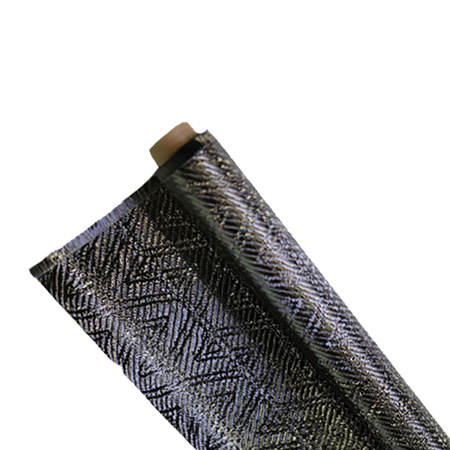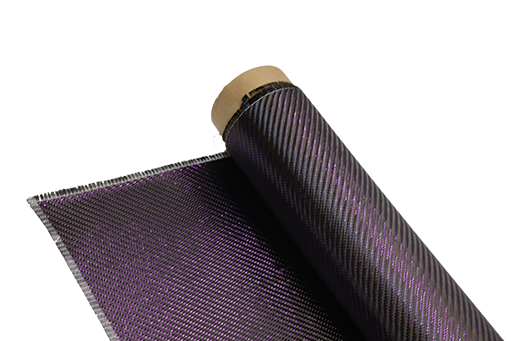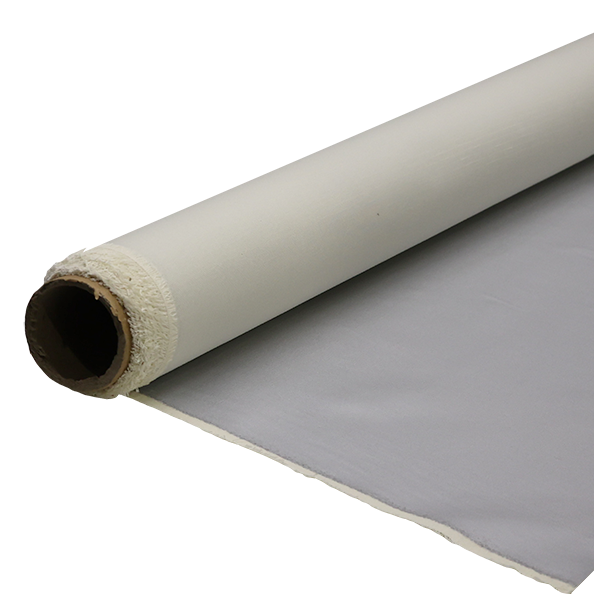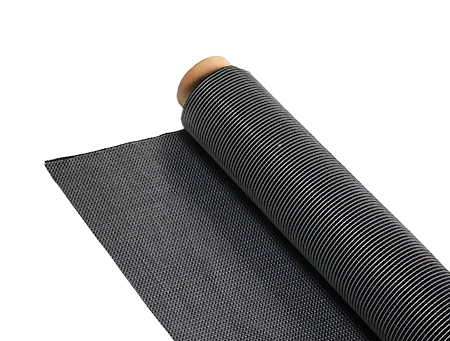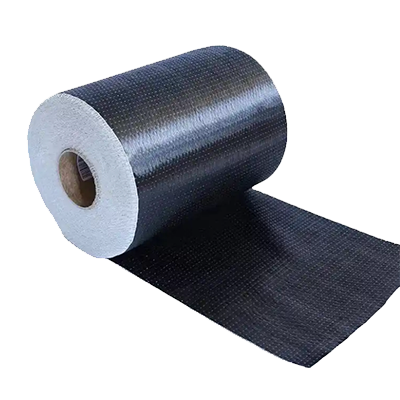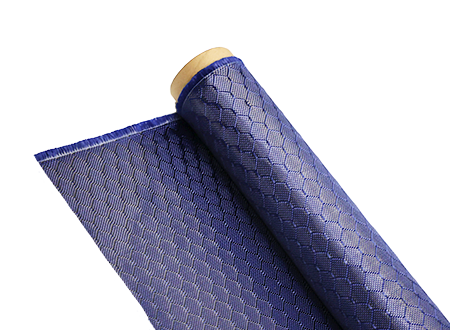Low-Altitude Economy and Carbon Fiber Composites
-
 Your Composites Expert Carbon Fiber Materials&Products
Your Composites Expert Carbon Fiber Materials&Products -
-1.png?width=686&height=617) Your Composites Expert Aramid Fiber Materials&Products
Your Composites Expert Aramid Fiber Materials&Products -
 Your Composites Expert UHMWPE Materials&Products
Your Composites Expert UHMWPE Materials&Products -
 Your Composites Expert Fiberglass Materials&Products
Your Composites Expert Fiberglass Materials&Products -
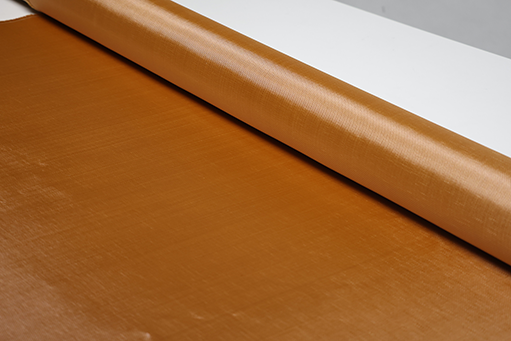 Your Composites ExpertPBO Materials&Products
Your Composites ExpertPBO Materials&Products -
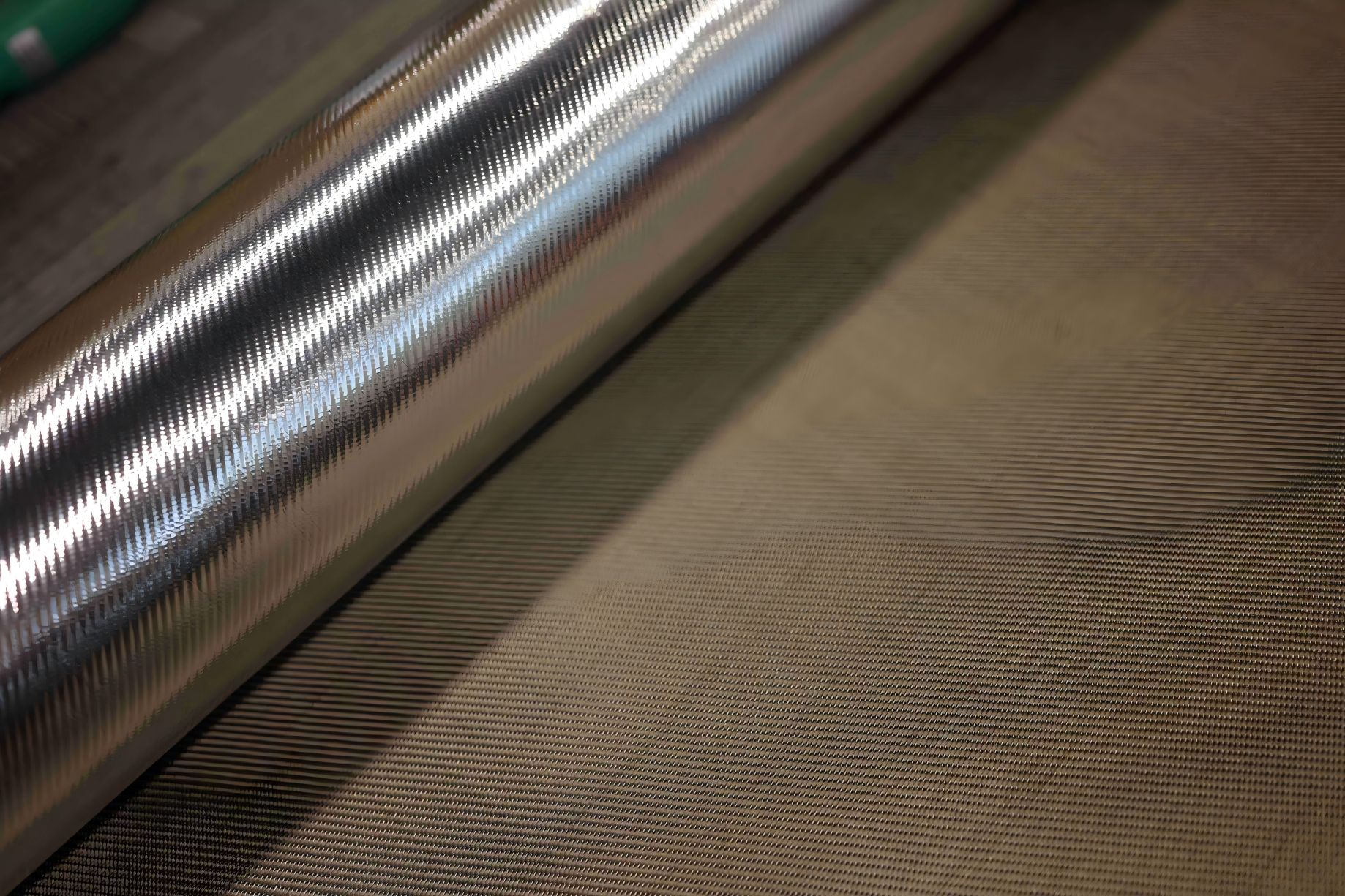 Your Composites Expert Basalt Materials&Products
Your Composites Expert Basalt Materials&Products
The low-altitude economy, which involves operations and services performed by vehicles below 1,000 feet (about 300 meters), is a rapidly growing sector in modern economies. This field covers activities such as unmanned aerial vehicle (UAV) deliveries, air taxis, aerial mapping, agriculture, and surveillance. To enable these operations, lightweight, durable, and efficient materials are critical for building aircraft, drones, and related infrastructure. This is where carbon fiber composites play a transformative role.
Carbon fiber composites offer the strength, weight reduction, and efficiency necessary to support low-altitude economic activities. Their exceptional properties make them ideal for next-generation technologies in urban air mobility (UAM), drone logistics, and personal air transportation. This article explores the role, advantages, and future potential of carbon fiber composites within the low-altitude economy.
2. Understanding the Low-Altitude Economy
The low-altitude economy encompasses economic activities conducted by vehicles operating at altitudes between 0 and 1,000 feet (0-300 meters). These operations are enabled by advancements in drone technology, air taxis, and UAVs. Some key areas driving the growth of this economy include:
- Aerial Deliveries: Rapid transportation of goods, packages, and medical supplies.
- Urban Air Mobility (UAM): Short-distance air travel in urban and suburban areas.
- Agricultural Drones: Monitoring and managing crops.
- Surveillance and Security: Monitoring public spaces, infrastructure, and events.
- Environmental Monitoring: Tracking climate change and environmental factors.
To make these services viable, lightweight and strong materials are essential for constructing vehicles capable of carrying payloads, maintaining stability, and achieving energy efficiency. Carbon fiber composites offer the ideal solution for these requirements.
3. What Are Carbon Fiber Composites?
Carbon fiber composites are materials made from carbon fibers combined with a resin matrix, typically epoxy. These fibers are made by heating precursor materials (usually polyacrylonitrile) at high temperatures, resulting in tightly bonded carbon atoms. The combination of these fibers with a resin matrix creates a composite material that offers unique mechanical properties.
Key Characteristics of Carbon Fiber Composites
- High Strength-to-Weight Ratio: Stronger than steel yet significantly lighter.
- Stiffness: Excellent rigidity for maintaining structural integrity.
- Corrosion Resistance: Does not rust or degrade in harsh environments.
- Fatigue Resistance: Withstands repeated stresses over long periods.
- Thermal Stability: Performs well in varying temperatures.
These characteristics make carbon fiber composites particularly valuable in the construction of aircraft and drones operating within the low-altitude economy.
4. Advantages of Carbon Fiber Composites in the Low-Altitude Economy
Carbon fiber composites offer several advantages that make them indispensable in low-altitude operations. These advantages include:
- Weight Reduction: Lower weight enhances flight efficiency, reduces energy consumption, and extends flight range.
- Enhanced Performance: High strength and stiffness improve vehicle stability, durability, and load-bearing capacity.
- Fuel Efficiency: Lighter structures mean less energy required, making electric and hybrid drones more feasible.
- Aerodynamic Efficiency: Allows for sleek, optimized designs that reduce drag and improve speed.
- Durability and Longevity: Withstands environmental stresses, vibrations, and impacts.
- Reduced Maintenance: Corrosion resistance minimizes the need for frequent repairs.
- Payload Capacity: Supports heavier payloads without compromising performance.
- Design Flexibility: Molds easily into complex shapes and structures for specialized applications.
- Safety: Maintains structural integrity under extreme conditions.
- Sustainability: Advances in recycling and production make carbon fiber composites increasingly eco-friendly.
5. Applications of Carbon Fiber in Low-Altitude Vehicles
1. Unmanned Aerial Vehicles (UAVs)
UAVs, or drones, are extensively used in low-altitude applications such as mapping, surveillance, and logistics. Carbon fiber composites are essential in drone construction for their ability to:
- Reduce overall weight, improving flight time.
- Increase durability and crash resistance.
- Enhance maneuverability and stability in challenging environments.
2. Urban Air Mobility (UAM) Aircraft
Urban air mobility focuses on short-distance flights using electric vertical take-off and landing (eVTOL) vehicles. Carbon fiber composites are used in:
- Airframe construction for weight savings and energy efficiency.
- Rotor blades for strength and minimal drag.
- Cabins for passenger safety and comfort.
3. Delivery Drones
Companies like Amazon, UPS, and DHL are pioneering the use of drones for last-mile deliveries. Carbon fiber ensures that these drones:
- Carry heavier packages efficiently.
- Operate longer distances without frequent recharges.
- Withstand environmental factors like wind and rain.
4. Personal Aerial Vehicles (PAVs)
The future of personal transportation includes flying cars and air taxis. Carbon fiber composites enable:
- Lightweight structures for improved lift and efficiency.
- Safety and crash resistance for passengers.
- Sleek aerodynamic designs for smoother flights.
6. Carbon Fiber in Infrastructure for Low-Altitude Economy
Beyond vehicles, carbon fiber composites are used in the supporting infrastructure, including:
- Launch and Landing Pads: Lightweight, durable structures for drone take-off and landing.
- Charging Stations: Corrosion-resistant components for electric charging hubs.
- Storage Facilities: Secure, durable shelters for UAVs and equipment.
7. Challenges of Using Carbon Fiber Composites
While carbon fiber offers many benefits, there are challenges, including:
- Cost: Expensive to manufacture compared to traditional materials.
- Production Complexity: Requires specialized processes and skilled labor.
- Recycling: Limited recycling methods, though advancements are being made.
- Repairability: Difficult to repair compared to metals.
- Supply Chain Limitations: Dependent on raw material availability.
8. Future Developments and Innovations
The future of carbon fiber composites in the low-altitude economy includes:
- Advanced Manufacturing: 3D printing of carbon fiber composites for customized parts.
- Sustainable Production: Eco-friendly methods for creating and recycling composites.
- Hybrid Materials: Combining carbon fiber with other advanced materials for enhanced properties.
- Automation: Improved automation in the production and cutting of carbon fiber parts.
- Smart Composites: Integration of sensors for real-time monitoring and performance optimization.
9. Conclusion
The low-altitude economy is poised to transform industries through drone deliveries, urban air mobility, and personal aerial vehicles. Carbon fiber composites play a pivotal role in enabling this transformation by offering lightweight, durable, and high-performance materials. As technology advances, carbon fiber composites will become more accessible, efficient, and sustainable, driving the future of low-altitude operations and revolutionizing the way goods and people move through the skies.


